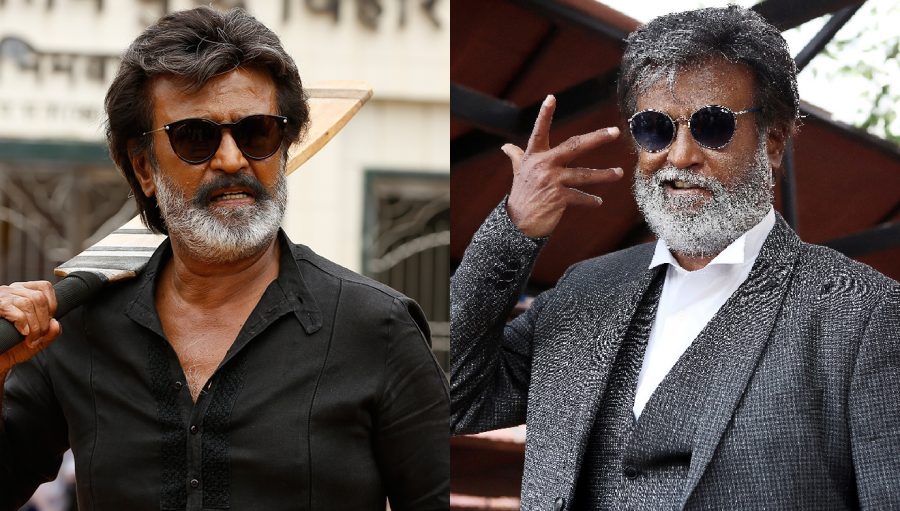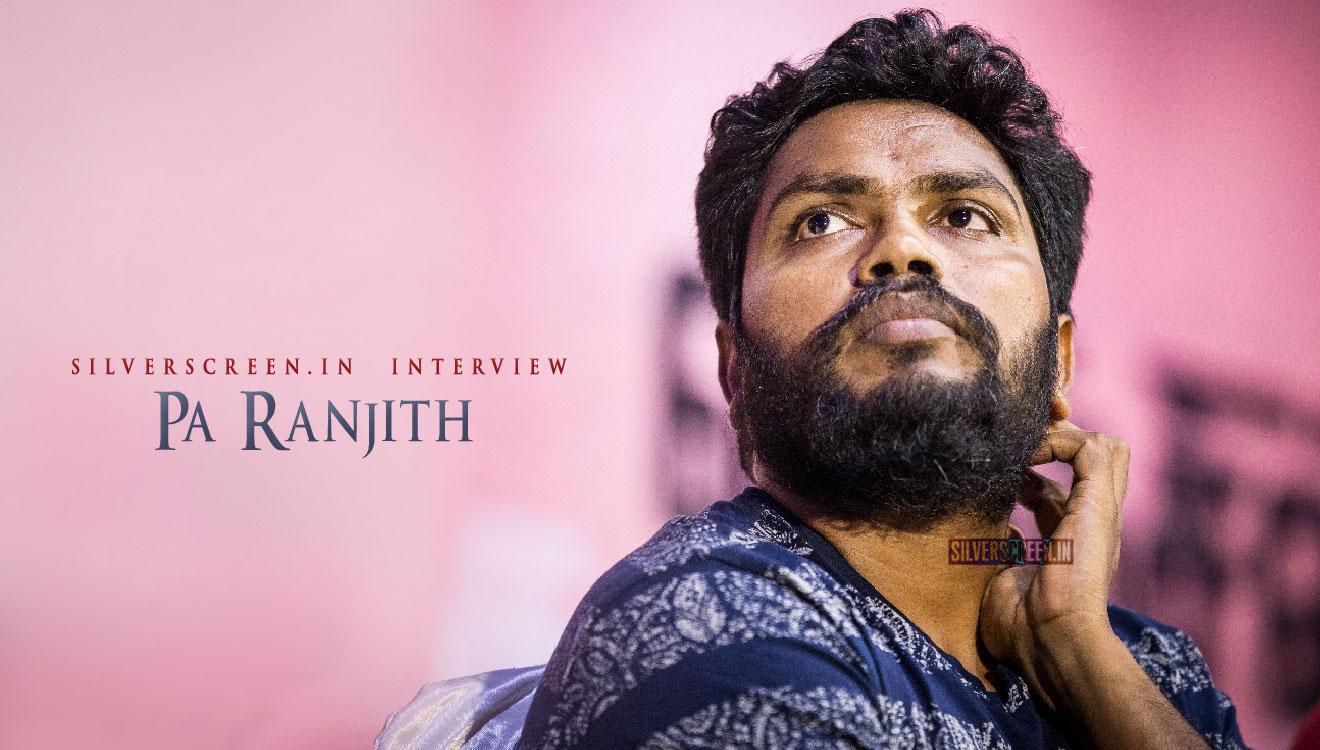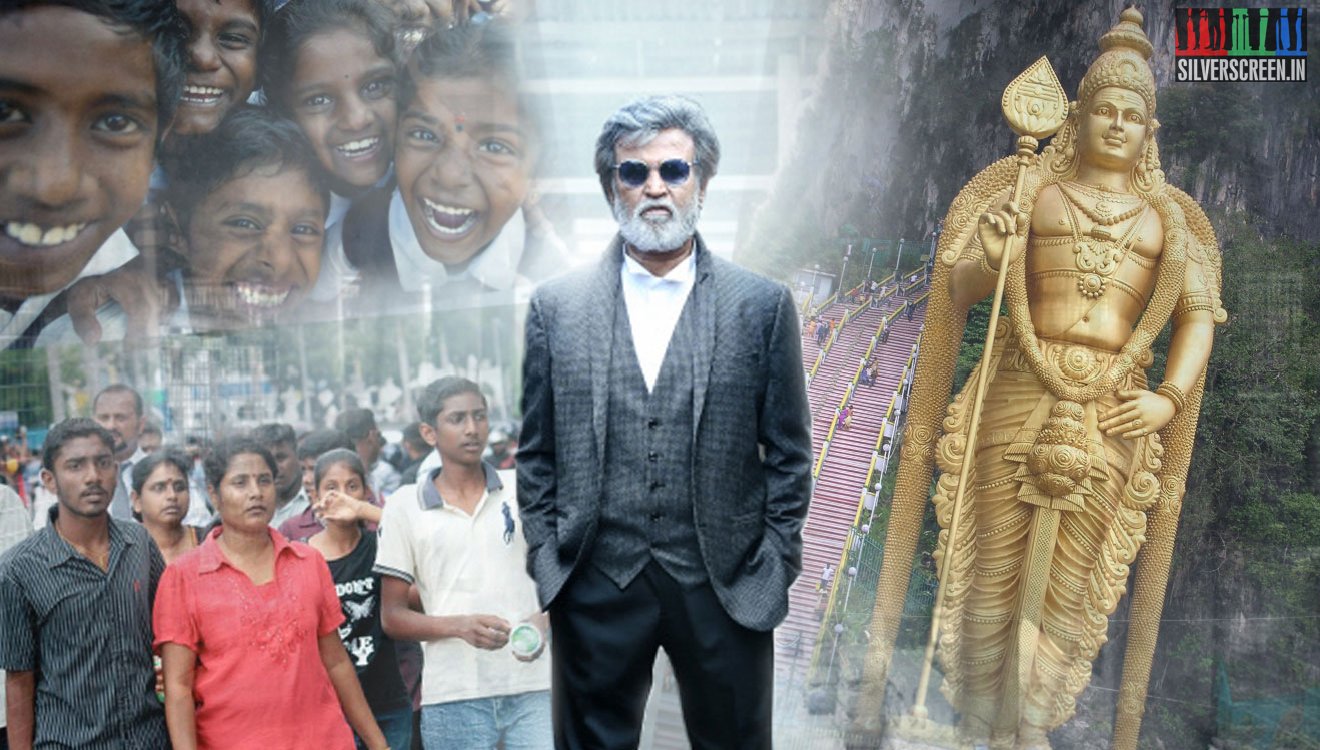Kabaliswaran’s caste identity as a Tamil immigrant in Malaysia is spelled out in as many words when a dapper Rajinikanth states that there is a reason why MK Gandhi donned a veshti and why BR Ambedkar had to wear a three-piece suit. In the upcoming film Kaala, directed by Pa Ranjith, the superstar is set to portray Karikaalan, a gangster from Tirunelveli in Mumbai. It could have been the typical Rajini gangster movie with a mass appeal which has seen him ride the wave in earlier films like Billa and Baasha.
The Dalit subtext in Kaala though is hard to miss. The teaser depicts an ‘anti-hero’ sketched on the lines of leading gangster of the Mumbai underworld like Haji Mastan Mirza, who had roots in Ramanathapuram. The new face of Dalit political force, Jignesh Mewani makes a cameo appearance in the movie. We see Karikaalan’s ‘love’ for the colour black and dirt and his attempts at protecting his people from corrupt politicians dressed in all-white during the teaser. Kaala promises to resume the dialogue Kabali laid the foundation for — celebrating the Dalit identity, which was relegated to the sidelines.
Reams have been written about the representation of caste in Tamil cinema and the implicit and explicit connection between politics and cinema in the Tamil scape. As Rajanayagam S in his book, ‘Popular Cinema, and Politics in South India: The Films of MGR’ and Rajinikanth states: The on-screen image has limited impact on the voting decision of the Tamil audience. The voter who is ‘image discriminative,’ is able to exercise his/her franchise based on socio-political concerns as opposed to the carefully cultivated image of the hero. This is established by Rajanayagam based on the election results which followed MGR and Rajinikanth’s initial foray into politics.
“…contrary to their ‘all-powerful’ political image, both MGR and RK have met with disappointing election results. MGR who won in 1977 assembly elections, for example, drew a blank in 1980 parliamentary elections but returned to power with a thumping majority in the assembly elections in the same year. Similarly, RK (Rajinikanth, sic) who seemed to work miracles in 1996 parliamentary elections through a brief television interview had to cut a sorry figure in 2004 elections,” says Rajanayagam in the book.
However, this is the same industry in which dominant castes in political and social spheres have been celebrated in cinema. Films like Thevar Magan, Sundarapandian, Kutti Puli and Chinna Gounder revel in the glorification of a certain caste. Soon after he starred in Pa Ranjith’s Madras, actor Karthi’s volte-face with Komban, ran into trouble with pro-Dalit organisations which sought a ban on the film for glorifying the Thevar community.
It is clear though that the timing of Kabali and Kaala couldn’t be better for Rajinikanth who announced his second-coming through ‘spiritual’ politics. It also eases Rajinikanth’s outreach to his Dalit fan base who will prove critical if he is to scale the political ladder. This is reminiscent of MGR’s action-hero roles, unleashing justice from social evils and oppression, as described by MSS Pandian in his book, ‘The Image Trap – MG Ramachandran in Film and Politics’.
Rajinikanth’s approach to image-construction is different from that of MGR’s. It is a departure from his previous roles as the chauvinistic protagonist in Padaiyappa, a Shiva devotee in Arunachalam and the engineer-turned anti-hero out to fight a corrupt system in Sivaji. The image facelift in the Pa Ranjith-Rajinikanth movies traces a different trajectory which revels in its sub-altern identity.
The Dalit discourse in Pa Ranjith-Rajini projects is rooted in Ambedkar’s ideologies. In Kabali, the opening shot focuses on Kabaleeswaran reading the book ‘My Father Balaiah’ in prison. The book by Y B Satyanarayana chronicles the life and times of a Dalit Telugu Madiga before and after independence. Those who have read the book will identify with the references to Ambedkar’s ideology in the book.
There are also direct references to Ambedkar which dot the storyline in Kabali where the anti-hero leads the movement for equal rights by Tamil immigrant plantation workers in Malaysia. His reign as a gangster traces the character’s arc as a suave and philanthropic leader, with Robin Hood-like qualities. The subaltern narrative is hard to miss in Kabali. Pictures of Malcolm X, Ambedkar and Che Guevara adorn the homes of the Tamils in Malaysia which is quite a departure from the usual Gandhi, Nehru or the Indian Flag as the motifs used to establish the story of an expat Indian.
Recommended
What Kaala promises is an extension of the same, with Ambedkar’s discourse and the caste politics playing out in Mumbai during troubled times. Pa Ranjith’s belief in Ambedkar’s ideology is well known. He is also the founder of a musical group, the Casteless Collective which addresses socio-political issues through the genre of Gaana, rap, and rock. In a recent interview, Ranjith addressed detractors by stating that like Karl Marx, Ambedkar needs to be recognized as a world leader and not a mere representative of the caste.
Not to say that Pa Ranjith’s reliance on Ambedkar’s ideology in his films is in conflict with Periyar’s, though there are no references to the latter’s work in his cinema. “It is an all-inclusive ideology with the focus on Ambedkarism,” says Karthik Kamalanathan, a research scholar at University of Hyderabad.
What one can expect from Kaala is a greater emphasis on the protagonist who is proud of his identity as a Dalit as much as he is comfortable in taking on the conventional power structures. The question remains as to whether the role is a means to an end for Rajinikanth or an attempt by Pa Ranjith to bring up Dalit-discourse in the mainstream Tamil cinema riding on the shoulders of the superstar.



